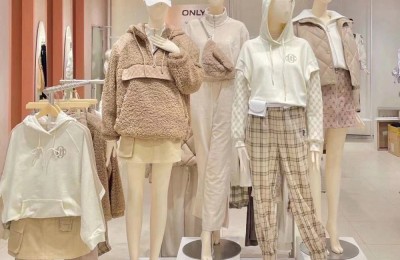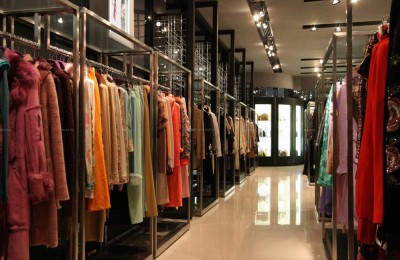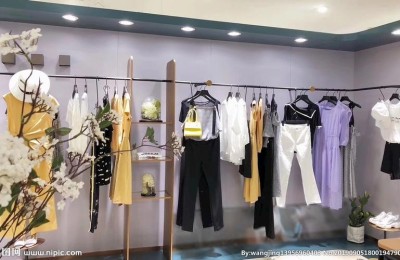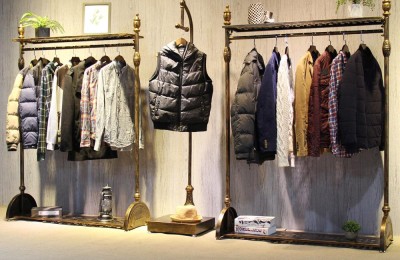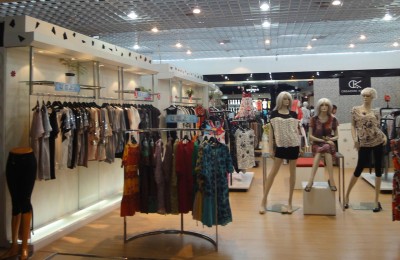7month12day,PTAFutures Main1909Contract After rising for two consecutive days, it started to take a sharp turn. As of15 closing, PTAThe main contract closed5962points, down from the previous trading day “>168points, a decrease of 2.74%.
In the past two weeks, the PTAFutures have been experiencing sharp rises and falls, whether it is the progress in Sino-US trade negotiations, the Federal Reserve’s interest rate cuts, or the Iranian issue causing crude oil to rise. In short, the macro aspects are constantly positive, but terminal weaving companies do not buy it, and polyester factories Production and sales have remained at 1-2 for a week in a row. On the one hand, the suspension of production by weaving companies does exist, and more importantly, Weaving companies are really out of money! But where does the money from weaving companies go?
Build a new factory! The arrow is on the string, so we have to shoot
Overcapacity caused by the construction of factories by peripheral weaving companies is a common problem. Recently, the author interviewed a company that has invested in Anhui. Their factory Just launched recently.
When asked why it has been put into production in the near future, the person in charge of the company said that this is an “arrow on the string and has to be launched”, and the procedures for purchasing land, building a factory, and purchasing machinery have been completed. , but at this time the market has also deteriorated, but there is nothing we can do if we don’t put it into production.
However, because building a factory requires a lot of funds, all the funds obtained from the destocking of conventional products in the first half of last year have been invested in the new factory. In addition, there are also a large number of bank loans. . If construction does not start at this time, banks will think there is a problem with the operation and come to collect debts.
In order to keep the operation going, when there is a problem with funds, we can only throw away part of the inventory to purchase raw materials.
Therefore, even if the price of raw materials has been rising recently, they cannot come up with so much cash to buy several months’ worth of raw materials.
Tired of inventory! If there is too much inventory, the goods must be sold, and if there is too much goods, the price will be depressed
Inventory is also a long-standing problem. In previous years, when the market was normal, traders would buy some conventional products and resell them to make a small profit when the market improved in the second half of the year. But this year, due to overcapacity and too much inventory, there are always sales in the market. The frequent sales have seriously disrupted market prices.
For example, the current price of 380TNisi spinning is about
font>3.5Yuan/ meters (Almost 11yuan/ lower than the same period last year meters), but the price of goods sold by some factories is 2.6yuan/about 300 meters, the middleman will increase the price to 3Yuan/ rice can still be sold in stock at a good profit. Therefore, selling cloth at normal prices is not competitive in the market at all, and companies often sell millions of meters of goods for capital turnover. As a result, the orders of weaving companies have been greatly suppressed.
With overcapacity and poor expectations for the future, traders in the market are now very cautious in receiving goods. Almost all the current production capacity of weaving companies has become inventory. Some larger weaving companies currently have inventories of more than one million meters, and some even have inventories of more than 10 million meters.
Worker wages and raw materials must be settled in cash, but these inventories are sitting in the warehouse and cannot be liquidated. How can there be so much money to stockpile raw materials?
Accounts receivable! As the market situation deteriorated, the problem of receivables came back again
At this time last year, the gray fabrics on the market belonged to a seller’s market. According to a friend of the author who is engaged in trade, at that time, it was the most convenient way to carry cloth with money.Basically, sometimes even if you have money, the weaving factory may not give you the cloth, it still depends on connections.
At this time of year, the situation is reversed. Now the owners of some weaving companies with serious inventory backlogs come to sell their own fabrics in person. The price is easy to negotiate, and it is not necessary to order weaving. No, in short, as long as someone comes to buy cloth, the weaving factory is like a “fish on the chopping board, ready to be slaughtered”.
But this also gave rise to a common problem – accounts receivable. Because it is now a buyer’s market, in many cases the billing period will be delayed for a long time in order to sell cloth. This is not to say that one should deliberately act like a deadbeat, but the downstream clothing companies are no longer able to provide money as quickly as before, and the debt situation is also very serious.
Now some traders separate accounts one by one. If the upstream garment company does not pay, the traders will not pay the money for that order to the weaver. Even if the company has money in its account, it won’t give it. In order to avoid the risk of receivables, weaving companies will also reject some orders that seem difficult to collect.
In this way, weaving companies will have less money in their hands.
Ordering is difficult! The number has decreased, but the “difficulties” have increased
Garment companies are also having a hard time this year, and a lot of the pressure has been passed on to upstream traders and weaving companies. This way.
Starting this year, on the one hand, the number of orders for a large number of clothing brands on the market has been severely reduced; on the other hand, almost all clothing brands have higher requirements for fabrics than in previous years. A very big improvement.
According to a trader, they felt the very strict standards when supplying goods to a clothing brand that they had cooperated with for many years. It’s just that the style given is slightly different in terms of style. It’s hard to tell with the naked eye. It won’t make any difference when it’s made into ready-made clothes. It can pass according to the standards of previous years, but it can’t pass this year. The clothing brand will have to give this batch of goods Deductions, discounts.
Although the current fabric gross profit for clothing brands is still good, it is around 30%. But to meet such strict standards, the cost will inevitably increase in the future. Coupled with the long billing period of several months or even half a year, it can be said that it is increasingly difficult to place orders now.
Fabric orders are getting fewer and fewer, and it is becoming more and more difficult to make them. Fabric companies are having a hard time, and the situation of weaving factories is not getting better.
So, in the face of the trend of rising raw material prices, weaving companies do not want to stock up on quantities for several months at a time , but I don’t have that much cash on hand, and I have more than I can afford. Therefore, those “big guys” don’t have to worry about speculation. In the current situation downstream, raw materials really cannot be speculated!
</p



